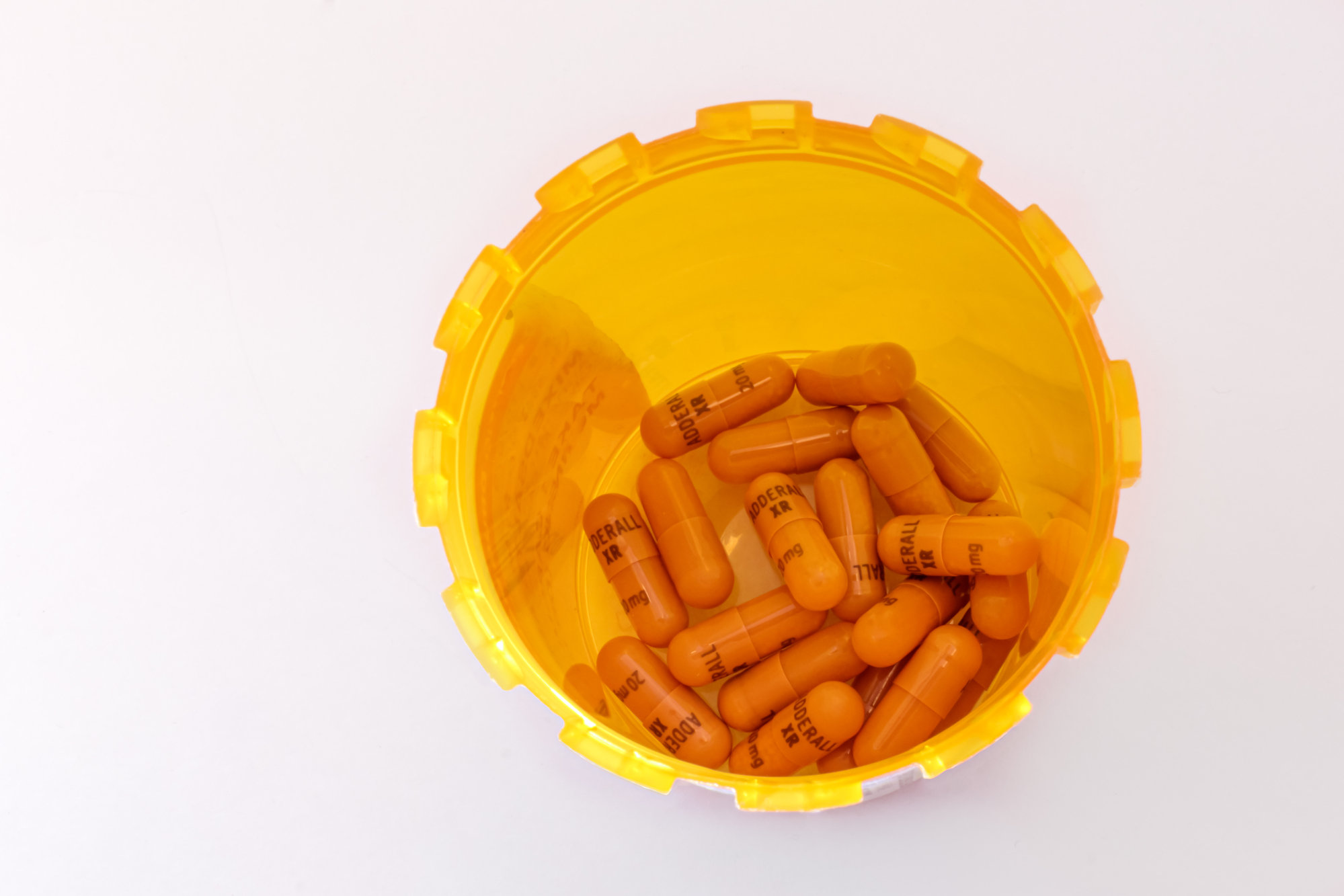Stimulants (Caffeine, Ritalin, Adderall, Cocaine etc.)
Stimulants are a class of drug also commonly known as "uppers". They stimulate the nervous system. Common stimulants include caffeine, a widely used drug largely known to keep people alert and awake. Stimulants also include some prescription drugs that treat Attention Deficit Disorder (ADD) and Attention Deficit Hyperactivity Disorder (ADHD), which affect attention span, impulse control, self-discipline, and hyperactivity in the case of ADHD.
National Data on Stimulants
- Alcohol, tobacco, caffeine and marijuana continue to be the drugs of choice on college campuses
- Demographics of those most at-risk: male, Caucasian, fraternity and sorority-affiliated, highly competitive academic cultures, four-year institutions, those with higher family incomes, and those with lower and declining GPAs.
- Full-time college students who used Adderall non-medically in the past year were more likely to have used other drugs.
- Of those who received non-medical stimulant prescription drugs, 58% of college students got them from their peers, were 8 times more likely to use marijuana, and 4 times more likely to binge drink.
- 68% of college students got diverted stimulant medications from their peers, of which they were 24 times more likely to use marijuana and 7 times more likely to binge drink.
- Approximately 50% of college students prescribed stimulant medication for ADHD are approached to divert their medication to others.
Risks Associated with Obtaining and Misusing Prescription Stimulants
Non-medical prescription stimulant drugs are obtained from various sources, most commonly from friends and family. Other common sources include purchasing from a friend/relative, drug dealer, or on the Internet using a physician's prescription. Unfortunately, students who think they may be buying so called "study drugs" from a drug dealer, the internet or any illicit market, may be at significant risk for buying laced counterfeit drugs. In 2011 the CDC declared an opioid epidemic in relation to dramatic increases in the misuse of prescription opioids. Since then the illicit drug market has also changed drastically with alarming rates of counterfeit prescription pills of all kinds laced with synthetic opioids like fentanyl. Fentanyl and other synthetic opioids have been found in a wide variety of non-opioid drugs on the illicit market across the country - these synthetic opioids are largely responsible for the majority of overdose related deaths in the United States. Drugs from any source other than a licenced pharmacy or licenced clinic are at risk for being laced.
What Do Prescription Stimulants Do?
- Adderall: Adderall combines four drugs from the amphetamine family.
- Side Effects: Irregular heartbeat, increased blood pressure, restlessness or tremor, anxiety or nervousness, headache, dizziness, insomnia, dryness of the mouth or unpleasant taste in the mouth, diarrhea or constipation, impotence or changes in sex drive.
- Overdose Symptoms: Possible symptoms of overdose include restlessness, tremor, rapid breathing, confusion, hallucinations, panic, aggressiveness, nausea, vomiting, diarrhea, irregular heartbeat, and seizures.
- Abuse and Dependency: Like Ritalin, Adderall has potential for abuse and dependence, especially among people who do not have ADHD. Continued use can result in tolerance to the drug, necessitating an increase in dosage to reap the same effects. Once discontinued, withdrawal effects such as depression may occur.
- Ritalin: Ritalin, Concerta, Metadate, Methylin, and Rubifen, an amphetamine-like prescription stimulant, are commonly used to treat ADHD in children and adults.
- Side Effects: Insomnia, nervousness, drowsiness, dizziness, headache, blurred vision, tics, abdominal pain, nausea, vomiting, decreased appetite, weight loss, irregular or fast heartbeat, confusion, and liver damage (characterized by yellowing of the skin or eyes, nausea, abdominal pain or discomfort, unusual bleeding or bruising, and severe fatigue).
- Overdose Symptoms: Agitation, anxiety, tremors, muscle twitches, seizures, confusion, hallucinations, sweating, headache, fast or irregular heartbeat, large pupils, and dryness of the mouth and eyes.
- Abuse and Dependency: Ritalin has potential for abuse and for physical and psychological dependence, especially among people who do not have ADHD. Continued Ritalin use will result in higher tolerance to the drug and eventually require larger doses to reap the same effects. Once discontinued, withdrawal effects such as depression may occur.
Why Might People Use Non-Medical Prescription Stimulant Drugs?
The relatively low cost, perceived safety, ease of access, and anticipated positive effects contribute to reasons students use non-medical prescription stimulant drugs. However, research shows that use of prescription stimulants off label does not significantly enhance academic performance. Below is a list of other common reasons for misuse (using not as prescribed by a doctor) that pose risk for developing addiction and dependency on these drugs:
- Extend a night of partying
- Alleviate temporary symptoms of physical pain, anxiety, panic attacks or depression
- Means to relax
- Increase focus or concentration
- Method to lose weight
- Counteract effects of other drugs (e.g., marijuana) and/or withdrawal symptoms (hallucinations, stomach a muscle cramping, tremor, and unusual behavior)
- Treat longer-term insomnia and alleviate worsening symptoms of underlying mental disorder symptoms
Prescription for Success
By far, most students are not misuing prescription stimulants and instead are using various strategies to obtain their academic goals. There are some great resources available depending on your needs. Click one of the links below for additional information:
For more information, please visit drugabuse.gov.

